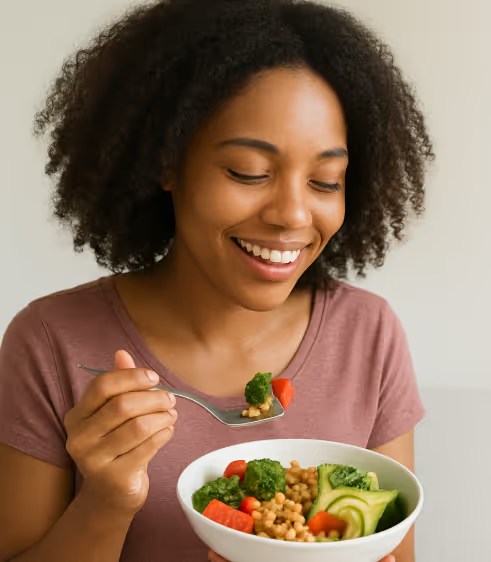Stay informed with our newsletter.
.webp)

.webp)

“Fibermaxxing,” a viral health trend encouraging people to dramatically increase fiber intake, is gaining traction worldwide on social media. Supporters highlight its benefits for digestion, weight management, and overall wellness. However, nutrition experts caution that overdoing it without proper balance or hydration may lead to bloating, discomfort, and digestive issues. While the trend promotes healthier eating habits, professionals stress moderation, gradual dietary changes, and consulting with healthcare providers before making extreme nutritional shifts.

On TikTok, people are turning high fiber intake into a trend by giving it a catchy name, “fibermaxxing.”The buzz is significant because many Americans don’t meet their daily fiber requirements, and this movement could help bridge that nutritional shortfall.
Still, registered dietitian Janet Helm warns that consuming excessive amounts can backfire. Creators online are encouraging audiences to pack meals with foods like beans and chia seeds to feel satisfied, stay regular, and better manage weight. According to Sherry Frey, vice president of total wellness at NielsenIQ, fiber is finally getting its moment in the spotlight. Beyond digestive health, fiber supports blood sugar control, benefits the heart, and even reduces the risk of colorectal cancer, which is being diagnosed earlier and more frequently in younger people.
It has also become a hot topic in gut health discussions, embraced by wellness influencers and those on GLP-1 medications adjusting their diets, similar to the way protein and probiotics have trended. Fiber supplements and powders represent a booming $8.8 billion market, growing by more than 15% in just the past two years, NielsenIQ reports. Helm notes, however, that the fad crosses a line when people consume well above the recommended 25 to 38 grams of fiber for adults.
Rapidly increasing fiber intake can cause digestive discomfort such as bloating, gas, and diarrhea. A healthier approach is to gradually add more fiber, drink plenty of water, and include both soluble and insoluble fiber from whole food sources. Helm suggests choosing fiber-rich foods that come naturally packaged with other nutrients. For instance, eating a whole apple or potato with the skin provides fiber along with vitamins and minerals, unlike processed products with added fiber but little else to offer.
In the end, the goal shouldn’t be to overload on fiber but to ensure you’re meeting your daily needs while still maintaining a balanced diet.
For questions or comments write to contactus@bostonbrandmedia.com
Source: axios
